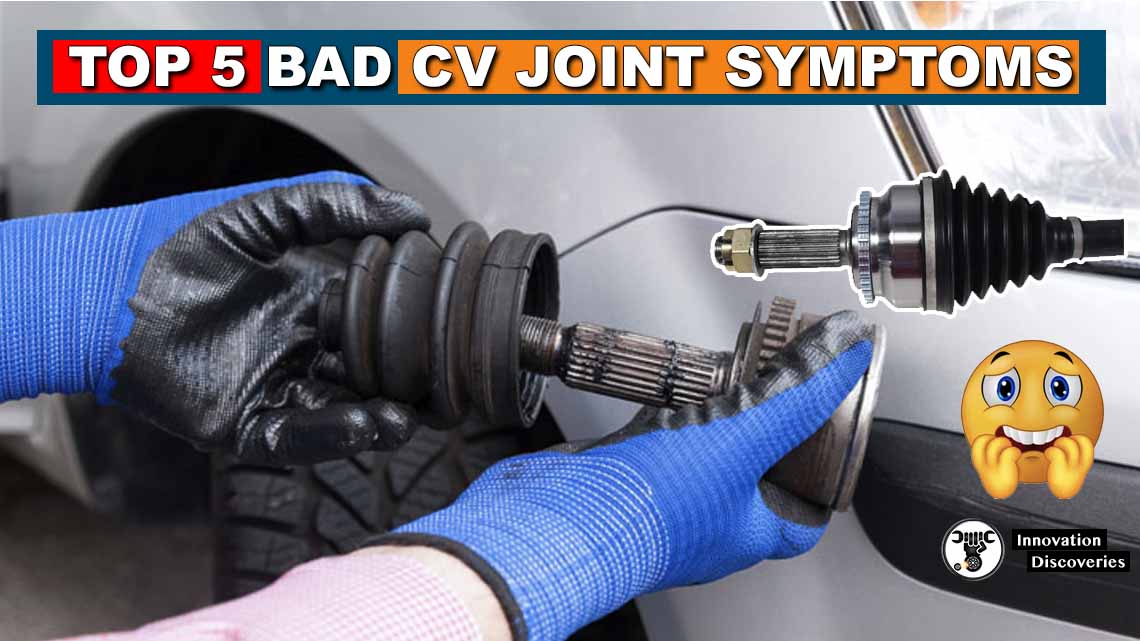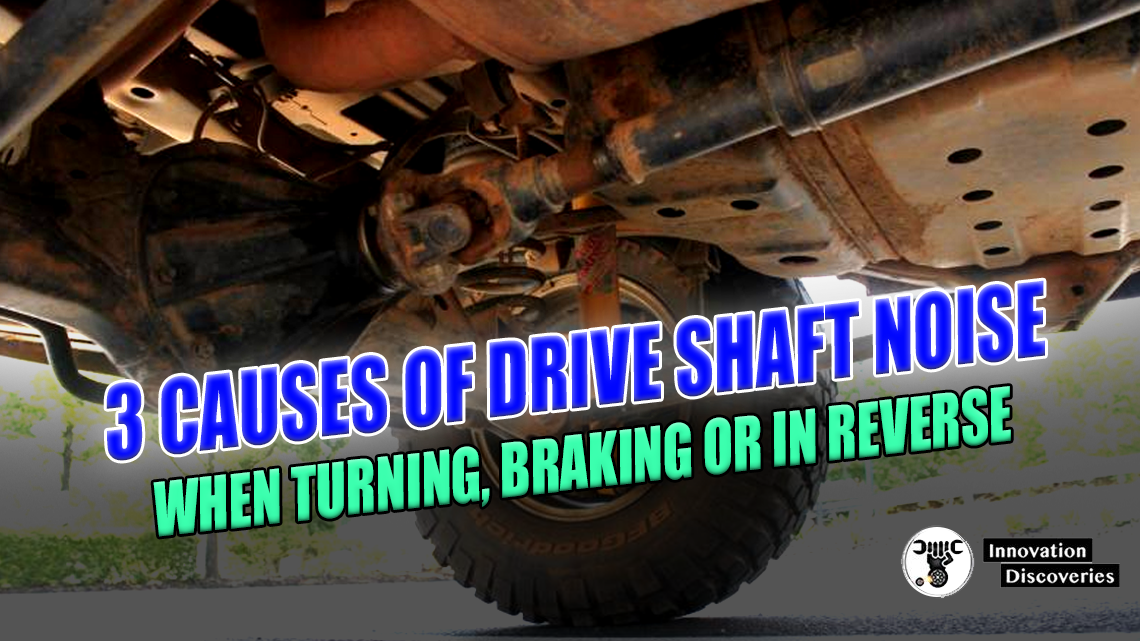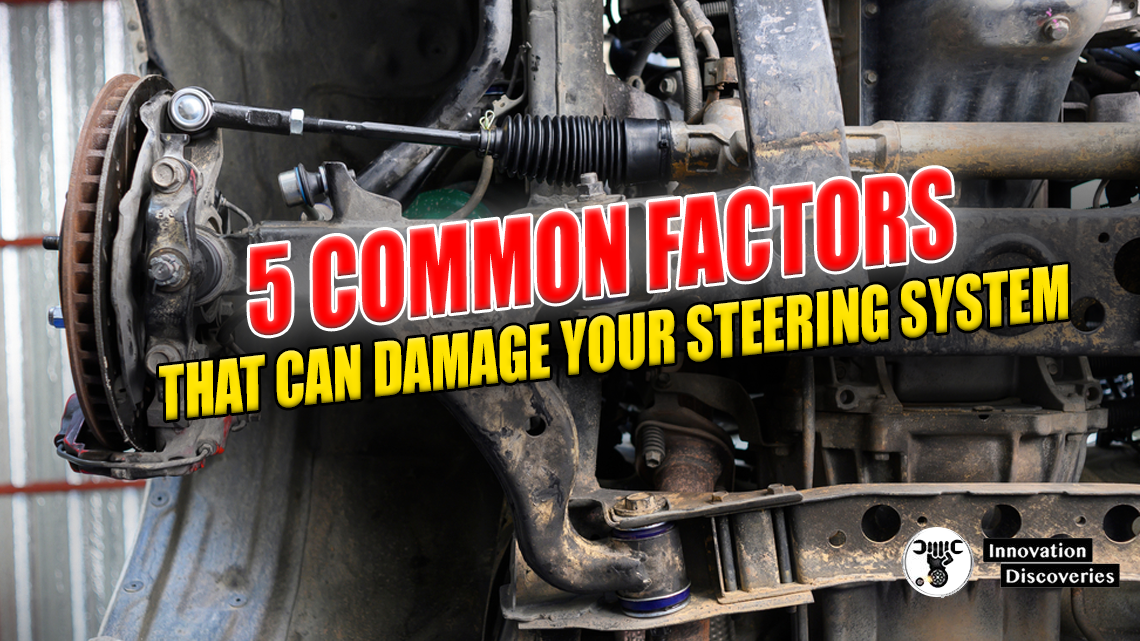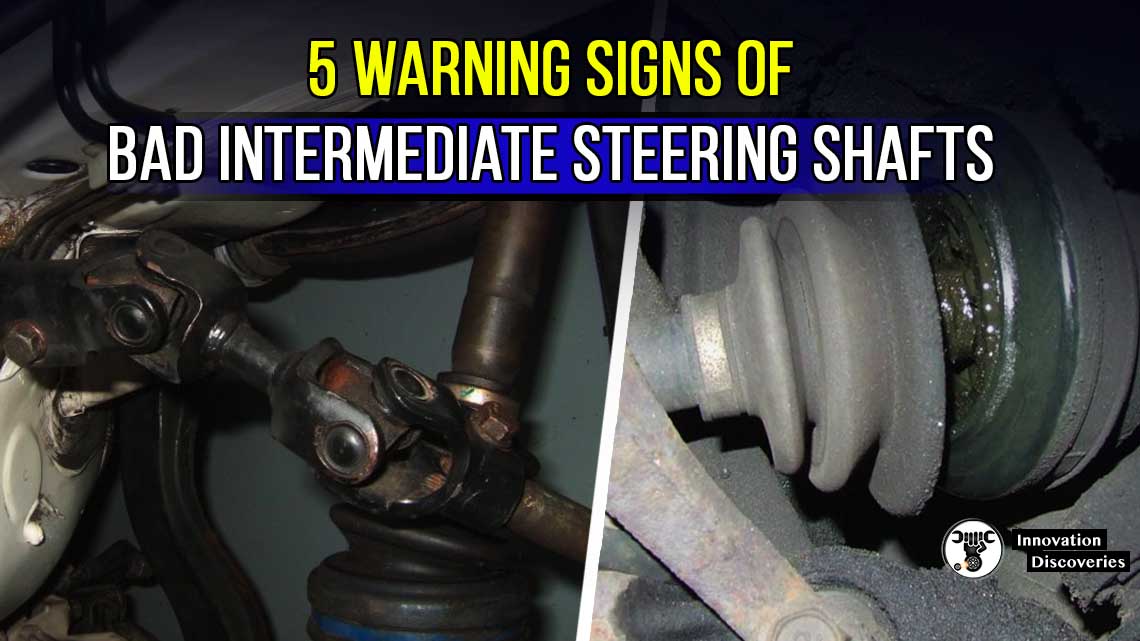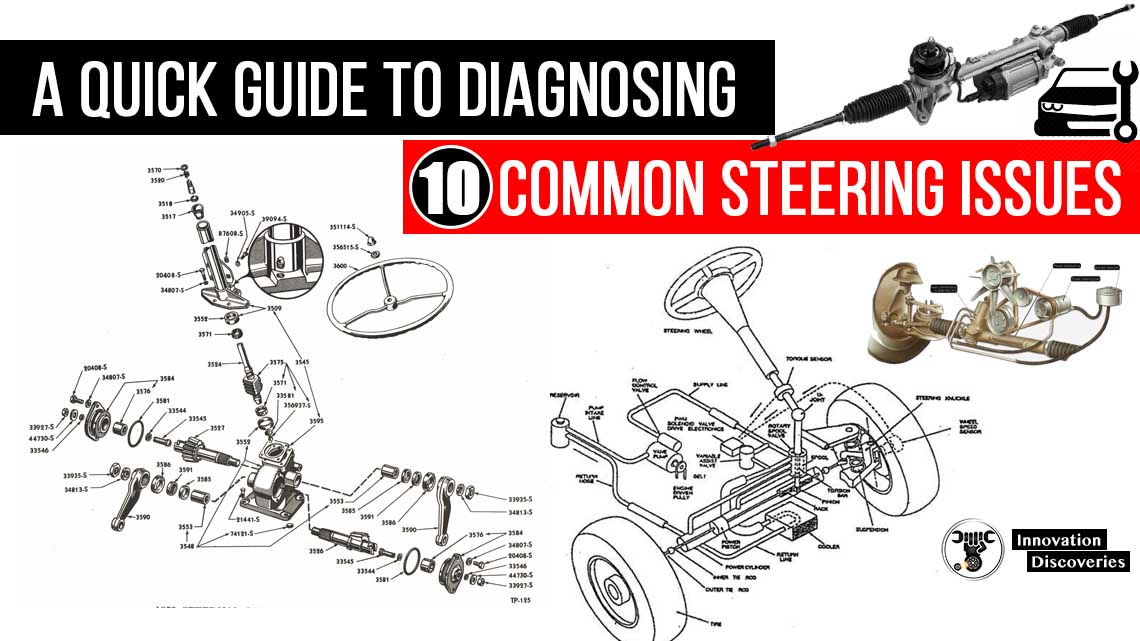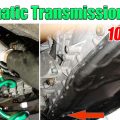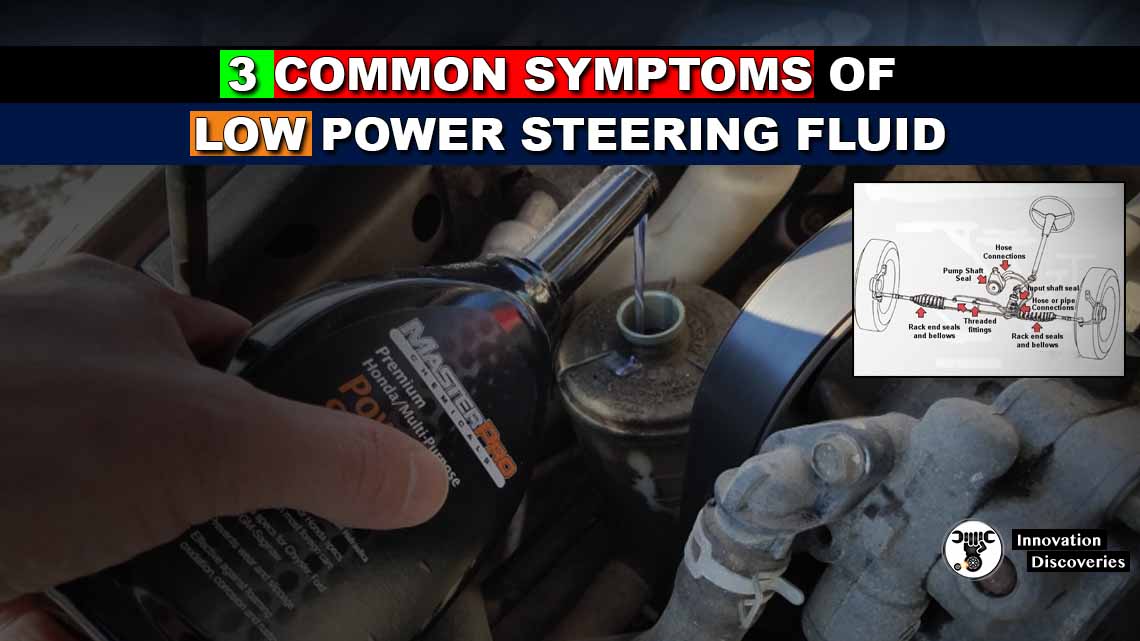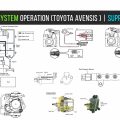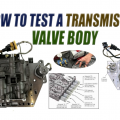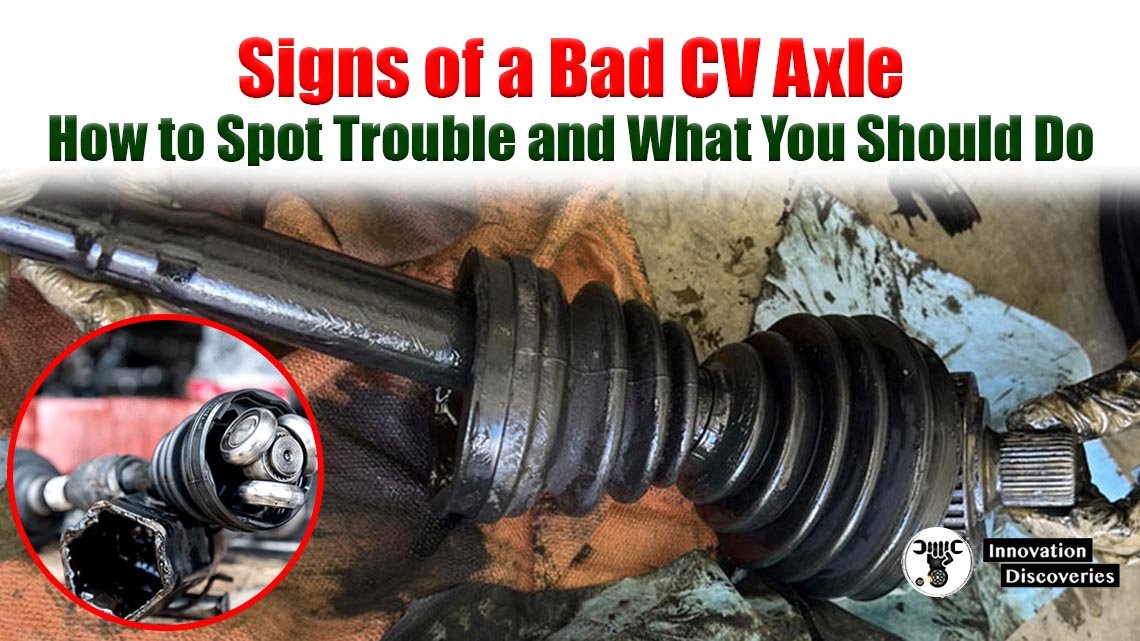
Introduction
Your car’s constant velocity (CV) axle, commonly known as a half shaft, is a crucial component of the drivetrain in front-wheel drive and all-wheel drive vehicles.
Responsible for transferring power from the transmission to the wheels while accommodating suspension movement, a healthy CV axle ensures a smooth and efficient drive.
However, over time, this critical part may wear down, leading to potential problems and affecting your vehicle’s performance.
In this article, we’ll explore the symptoms of a bad CV axle, provide some essential repair advice, and explain the purpose of a constant velocity axle.
What Does a Constant Velocity (CV) Axle Do?
A constant velocity (CV) axle is a mechanical component that connects the transmission to the wheels. It is designed with two flexible joints, an inner joint close to the transmission and an outer joint connected to the wheel hub.
These joints allow the axle to flex and rotate while transmitting power from the engine to the wheels, regardless of the suspension movement. Enclosed within a protective rubber boot, the CV axle’s lubricant remains sealed, ensuring smooth operation.
Symptoms of a Bad CV Axle Shaft
1. Clicking or Popping Noises:
One of the most common indicators of a failing CV axle is the presence of clicking or popping sounds, especially when making sharp turns. This noise suggests that the CV joint has worn out and may need replacement.
If you notice such sounds while driving, it’s essential to have the axle inspected promptly to prevent further damage.
2. Vibrations During Acceleration:
A damaged CV axle can lead to vibrations in the steering wheel or floorboard, particularly during acceleration. These vibrations may become more noticeable at higher speeds.
Ignoring these symptoms could lead to more severe issues, potentially affecting other drivetrain components.
3. Grease Leakage:
Regularly inspect your vehicle’s CV axle boots for any signs of grease leakage. Grease on the inside of the wheels or around the axle boot indicates a damaged or torn boot, allowing lubricant to escape and leading to potential CV joint damage.
Addressing this issue promptly can prevent further damage and save you from more expensive repairs.
4. Axle Wobble or Play:
If you find that the axle shaft can be moved in its joint, this is a clear indication of a damaged CV joint. A healthy CV axle should not have any noticeable play or wobbling. A wobbly axle can affect your vehicle’s stability and safety, so have it inspected by a professional mechanic immediately.
5. Wheel Wobbling:
A failing CV axle can cause the affected wheel to wobble while driving, particularly at higher speeds. This wobbling sensation can lead to an unstable and unsafe driving experience. If you experience this symptom, it’s crucial to get your vehicle checked out promptly.
6. CV Axle Repair Advice
If you suspect a problem with your CV axle based on the symptoms mentioned above, don’t delay getting your vehicle inspected by a qualified mechanic. A professional will diagnose the issue accurately and recommend the appropriate repair solution.
In most cases, a damaged CV axle will need to be replaced rather than repaired. The replacement process involves removing the wheel, brake caliper, and rotor to access the axle.
The mechanic will then disconnect the old CV axle from the transmission and the wheel hub, replacing it with a new one. During this repair, the CV axle boots will also be inspected and potentially replaced if damaged to prevent future issues.
Conclusion
The constant velocity (CV) axle plays a critical role in maintaining the drivability and safety of your front-wheel drive or all-wheel drive vehicle.
Being aware of the symptoms of a bad CV axle, such as clicking noises, vibrations during acceleration, grease leakage, axle wobbling, and wheel wobbling, can help you identify potential problems early.
If you notice any of these signs, it’s vital to have your vehicle checked by a professional mechanic to diagnose the issue and make the necessary repairs. Remember that timely action can prevent further damage to your vehicle and ensure a safe driving experience.
Discover More:
Read More:
- Symptoms Of A Blown Head Gasket? How To Prevent And Fix It
- 5 Things You Should Never Do In A Dual Clutch Transmission Vehicle
- Can You Drive A Car With Bad Motor Mount?
- Top 10 Car Noises That Should Never Be Ignored
- Top 10 Reasons Why Diesel Engines are not Used in Bikes?
- 5 Causes of an Alternator Not Charging
Discover More:
Read More:
- HOW CAR SPRINGS AND DAMPERS WORK
- HOW AIR SUSPENSION SYSTEMS WORK
- 5 SUSPENSION MODS YOU SHOULD NEVER DO TO YOUR CAR
- A QUICK GUIDE TO DIAGNOSING 10 COMMON STEERING ISSUES
- 5 WARNING SIGNS OF BAD INTERMEDIATE STEERING SHAFTS
- 3 COMMON SYMPTOMS OF LOW POWER STEERING FLUID
- ELECTRIC VS HYDRAULIC POWER STEERING
- HOW POWER STEERING WORKS?
- STEERING SYSTEM: REQUIREMENTS, TYPES, POWER STEER
Visit Forum
Visit Our Friendly Website


